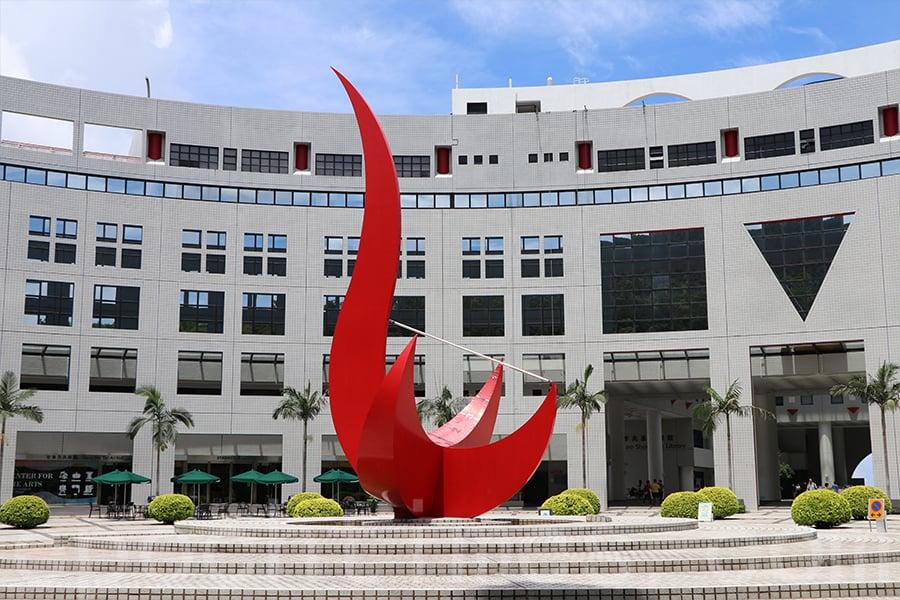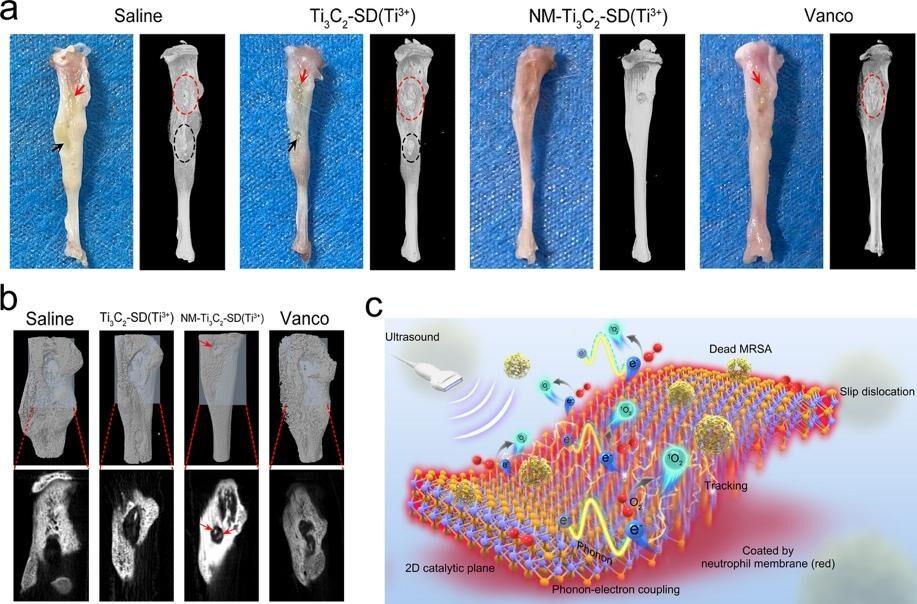Researchers at the Hong Kong University of Science and Technology (HKUST) have developed a novel technology for simultaneous genomic DNA and RNA sequencing in single cells from frozen and fresh tissues and identified rare brain tumor cell “spies” disguised as normal cells using this method.
This breakthrough advances cancer research for some of the most complex and rare tumors, opening new directions for future drug target discovery.




